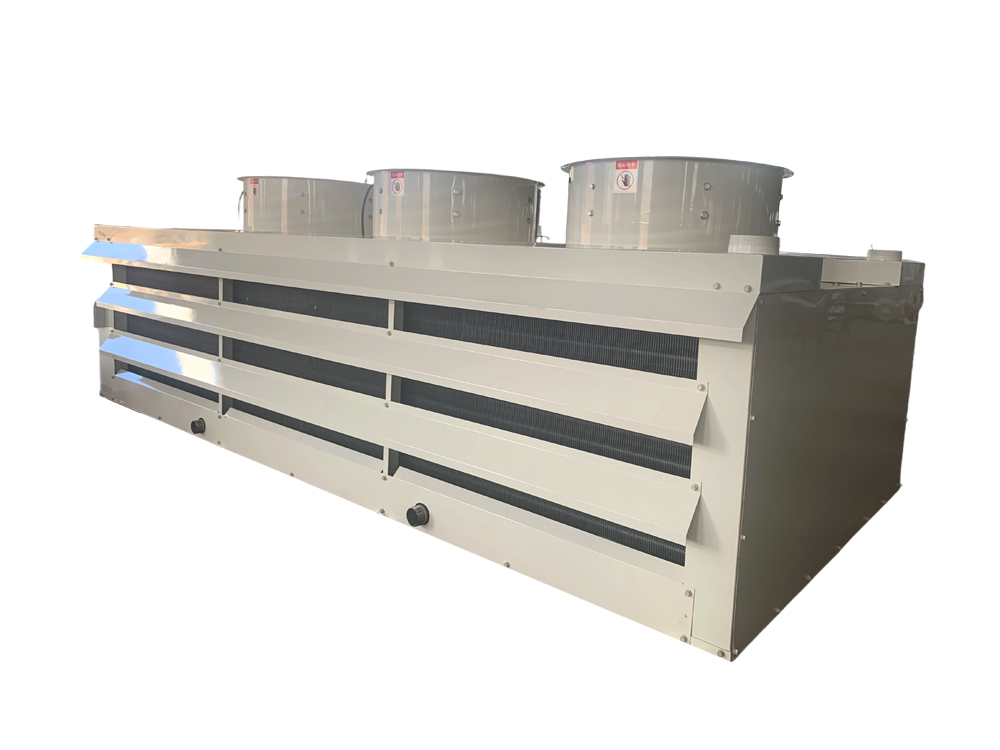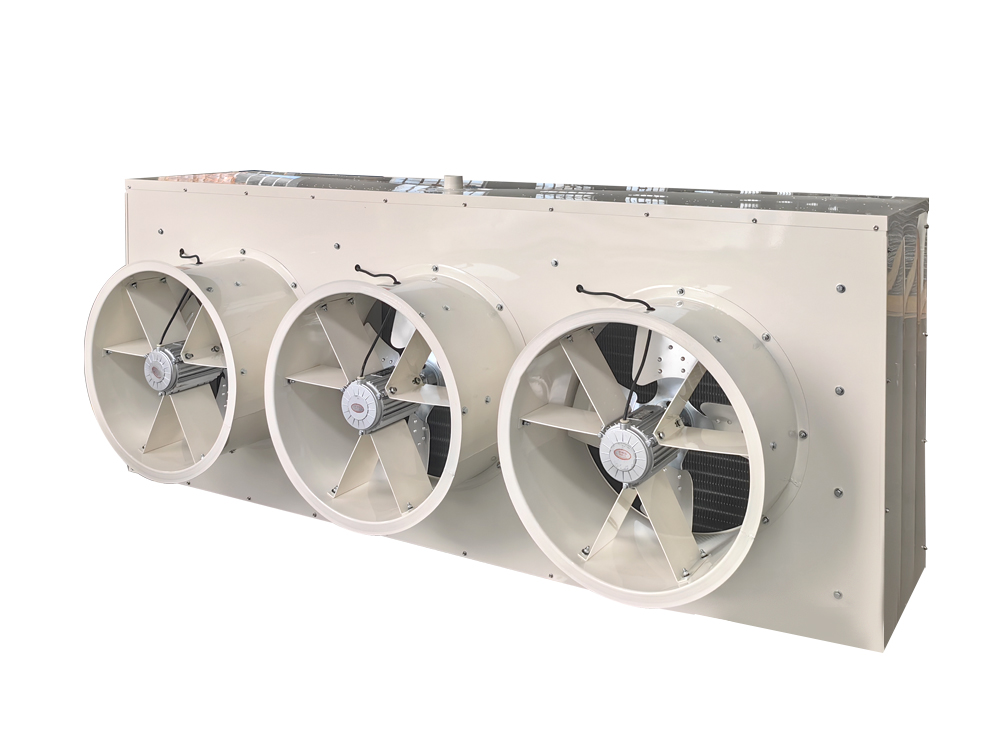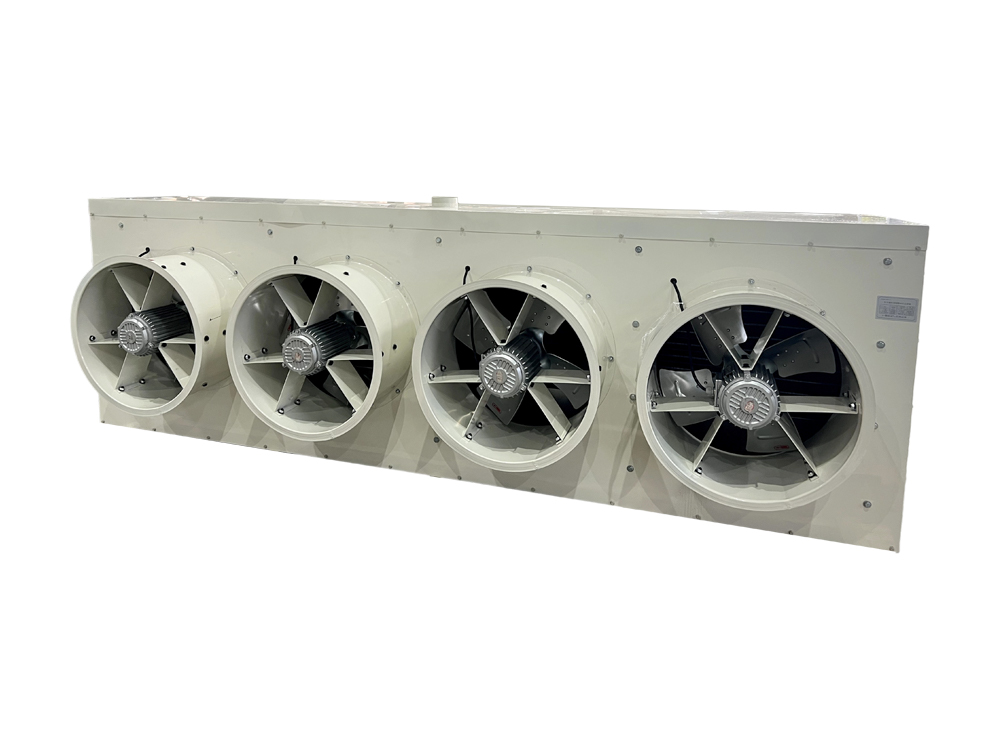A water-cooled chiller is a mechanical device that uses water as a cooling medium to achieve refrigeration. It is widely used in air conditioning systems or process cooling processes in commercial buildings, industrial sites, and large public facilities. This type of chiller primarily consists of a compressor, evaporator, condenser, and throttling device, and relies on the phase change cycle of the refrigerant within the system to transfer heat.
During operation, the evaporator absorbs heat from the chilled water, lowering its temperature before supplying it to the end equipment. The heat-carrying refrigerant is compressed by the compressor and then enters the condenser, where it is released to the ambient air through the cooling water. The cooling water is typically cooled and recycled through a cooling tower, thereby improving system energy efficiency.
Water-cooled chillers typically offer high cooling efficiency and stable performance, making them suitable for medium- to large-scale cooling applications. They are compact, have a wide capacity adjustment range, and can accommodate continuous operation in high ambient temperatures. Some models feature multiple compressors or variable frequency drives to further improve energy efficiency at partial loads.
The chillers can operate with different refrigerants, are designed to comply with relevant safety and energy efficiency standards, and can be customized to meet specific project requirements.


 English
English русский
русский Español
Español















